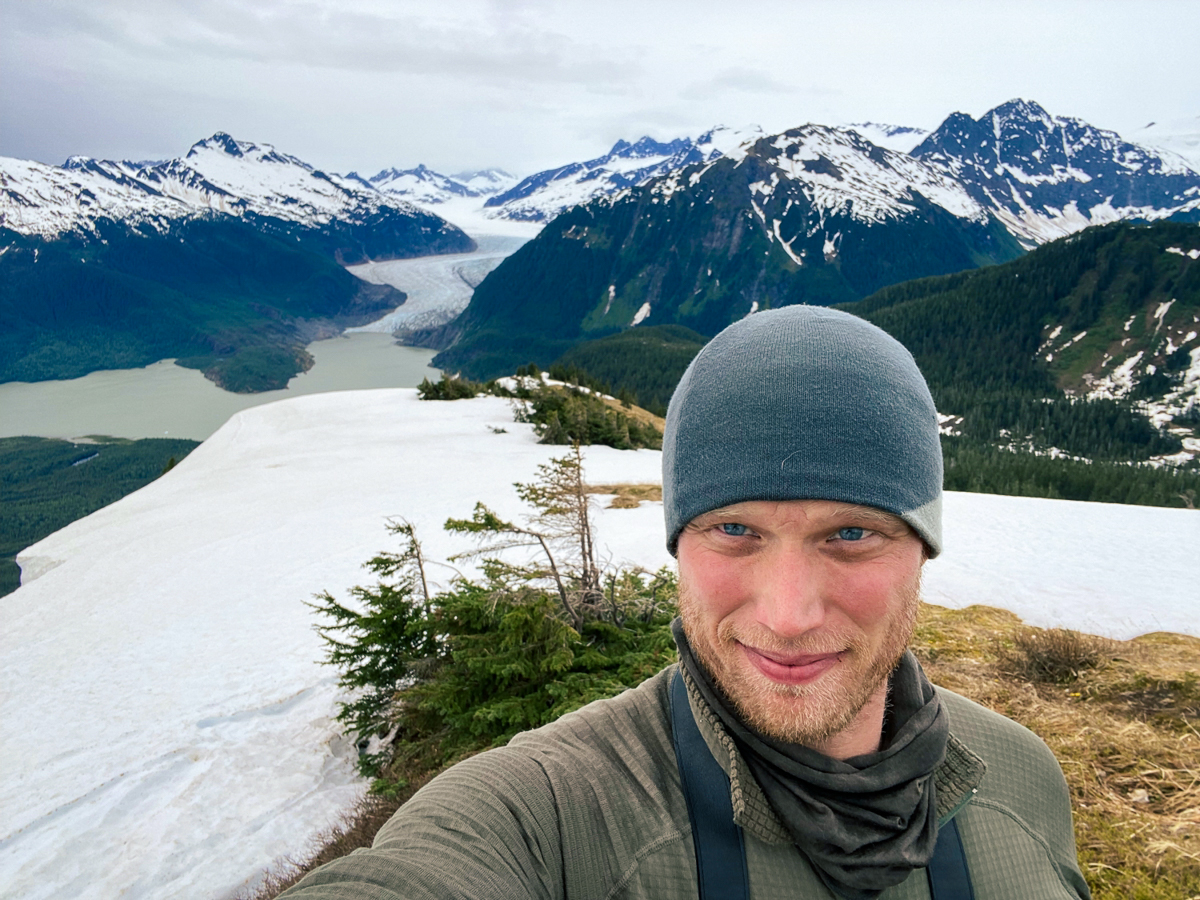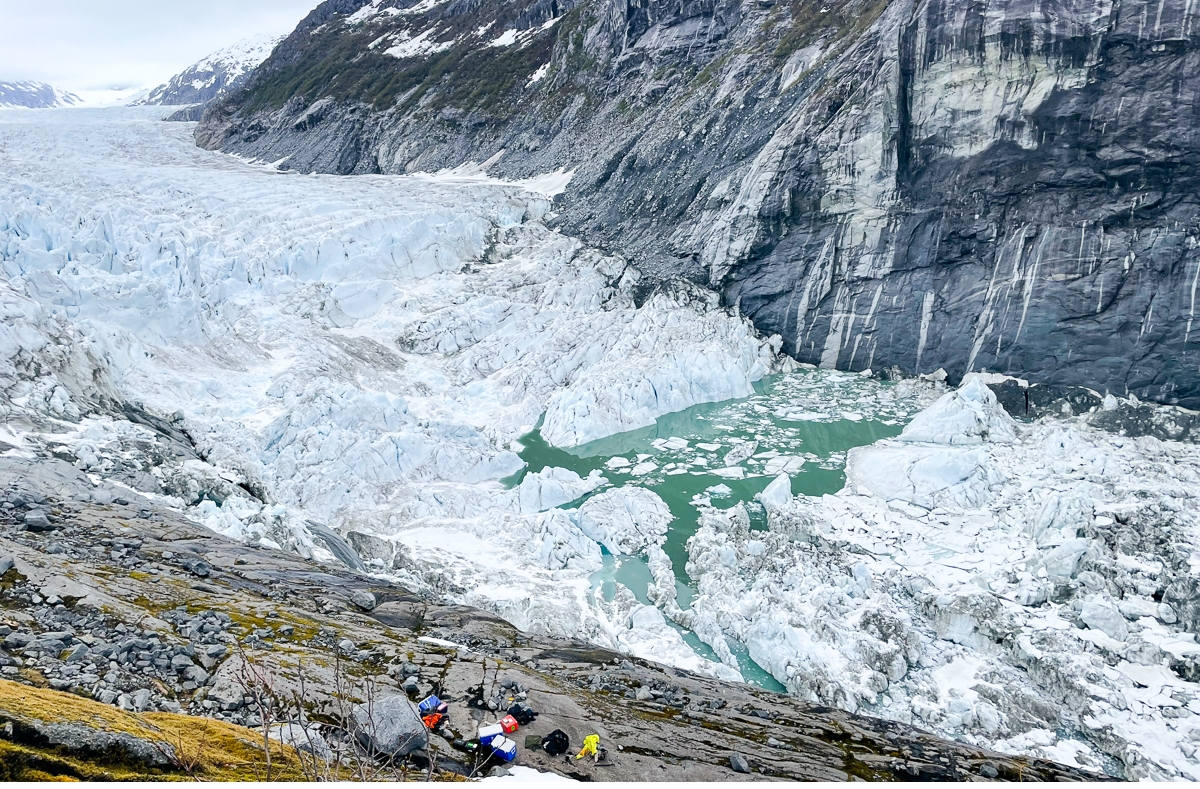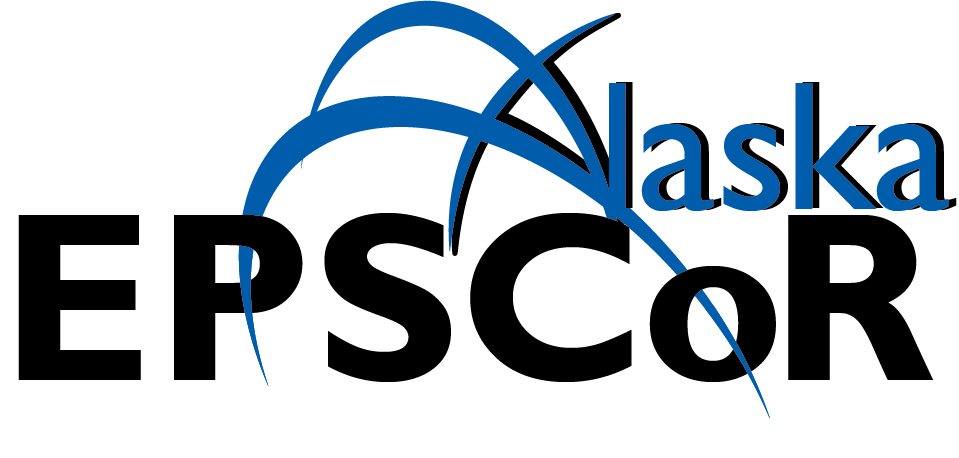Closing the Circle
May 8, 2025
Logan Berner joins the Interface of Change research team as the new UAS forest ecology faculty hire

If you close your eyes and think of the word, 'forest,’ what is the first scene that comes to your mind?
For Logan Berner, he pictures “a cold Southeast Alaska rainforest draped in fog and lichens, with a stream full of glistening salmon rimmed with salmon berries.”
Such an idyllic conceptualization of a forest is embedded in Berner’s mind’s eye having grown up in Juneau and Gustavus, Alaska.
Berner relocated back to his home ecosystem in Juneau in 2023. While retaining his role as an assistant research professor at Northern Arizona University, Berner taught forest ecology courses as an adjunct professor at UAS. An alum of UAS, Berner found it “weirdly like closing the circle.”
When Logan Berner published his first paper as an undergraduate student at UAS with professor Eran Hood in 2009, he didn’t know that 16 years later he would have his own office down the hall from Hood as a fellow professor and collaborator.
That first paper he coauthored with Hood described the effects of glacial recession on stream water chemical and physical properties.
Now, Berner joins Hood on the Alaska EPSCoR Interface of Change project, circling back to glacial landscape ecology. As the first of four faculty hires planned under Interface of Change, Berner brings expertise in forest ecology, remote sensing, and spatial analysis to the team.
Berner uses satellite remote sensing and field techniques to understand forest and tundra ecosystem dynamics. He has applied these techniques to study the “greening” of the Arctic and the northward shift of the boreal forest across North America, Russia, and Finland, as well as conservation concerns facing forests around the US, such as droughts, wildfires and logging.
Working on a large collaborative research project is a familiar and rewarding context for Berner. As a science team member of the NASA Early Career Research Program and the NASA Arctic-Boreal Vulnerability Experiment (ABoVE), Berner has collaborated widely with fellow researchers. He recently brought together over 50 researchers from six countries to map the amount, composition, and recent changes in aboveground plant biomass across the Arctic tundra biome. Their recent paper, “Next generation Arctic vegetation maps: Aboveground plant biomass and woody dominance mapped at 30 m resolution across the tundra biome,” was a fundamental step forward in understanding Arctic ecosystems.
“This work shows the value of international collaboration as a means of advancing science in this modern era,” Logan said. “It was a massive undertaking in science diplomacy.”
In his new role as a forest ecologist at UAS and on the Interface of Change project, Berner looks forward to new collaborations focused on the ecosystems unique to Southeast Alaska: coastal temperate rainforests, alpine tundra, muskegs, and post-glacial environments.
A post-glacial forest starts small. As glaciers retreat, the churned gravel landscape left in their wake leaves a disturbed and dynamic riverine area, scrubbed free of any plants. Slowly, lichens, moss, and fireweeds creep their way into the rocks. These early opportunists eventually contribute to the beginnings of a soil layer. Shrubs like alders and willows that can tolerate barren, rocky ground push their way through next, followed by black cottonwood and Sitka spruce. After hundreds of years of post-glacial regrowth, western hemlocks crown the canopy, as in the Juneau area. How do these shrublands and forests relate with downstream ecosystems?

A field research study site overlooking Suicide Basin, the source of the annual glacier outburst flood at Mendenhall Glacier. Eran Hood and his research team use drones to map the basin to study the flood. This work was supported by previous Alaska NSF EPSCoR projects, and now continues under another NSF-funded project, RAISE: Confronting glacier outburst flood hazards to improve glacial flood forecasts across northwest North America.
On the Interface of Change project, Berner will have the opportunity to partner with hydrologists, biogeochemists, fisheries scientists, remote sensing analysts, and other fellow researchers, as well as community members, mariculture farmers, Tribes, agencies, educators, and innovators.
In addition to studying the ecological relationships between forests and glacial streams, Berner is curious to use satellite data and remote sensing techniques to analyze glacial plumes, turbidity, and nutrient availability for kelp. He is also interested in offering his skills in data analysis and visualization, including cartography, to the project.
If you’d like to meet Berner and you live in Fairbanks, he will be in town next week for the final meeting for NASA ABoVE, which will be held at UAF on May 12-15, 2025.
You can peruse his work on Google Scholar or ResearchGate.

